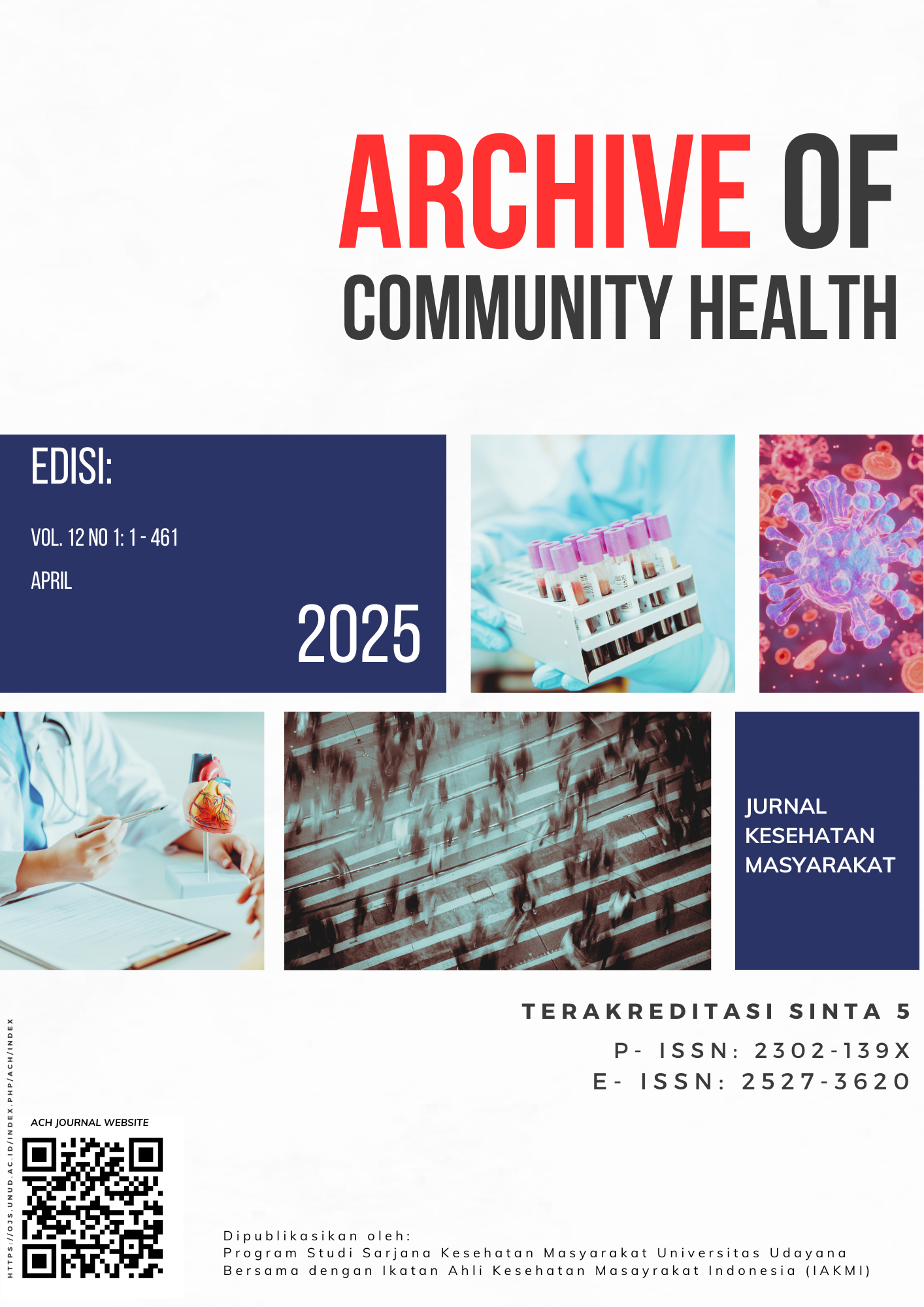EVALUASI PROGRAM STBM STUNTING SEBAGAI UPAYA MENEKAN KEJADIAN STUNTING DI KELURAHAN BABAKAN KOTA MATARAM
Abstract
ABSTRACT
The stunting rate in NTB in 2018 reached 33.5% and contributed to the highest stunting rate in Indonesia. Thus, this study aims to determine the implementation of STBM Stunting in Babakan Village using a qualitative descriptive research design conducted from April to May 2024. Data were collected through in-depth interviews with 19 respondents including representatives of the Yayasan Plan Internasional Indonesia (YPII), the Head of Babakan Village, representatives of the Mataram City Health Office, integrated health post cadres, sanitarians, and nutrition officers at the Puskesmas, and the Babakan community. Data analysis was thematic. The results of the study showed that the implementation of STBM in Babakan Village was not optimal. Supporting factors for the implementation of STBM Stunting in Babakan Village, namely basic knowledge, direct participation of stakeholders, cross-sector involvement, and YPII. Inhibiting factors consisted of personal conditions of the community, low economic levels, inadequate facilities and poor parenting patterns. For stakeholders and health agencies to form policies, conduct training to increase the capacity of cadres and for YPII to repair public toilets beforehand and encourage the community to want to be on scheduled duty to clean public toilets.
Keywords: Sanitation, Stunting, Roadmap














